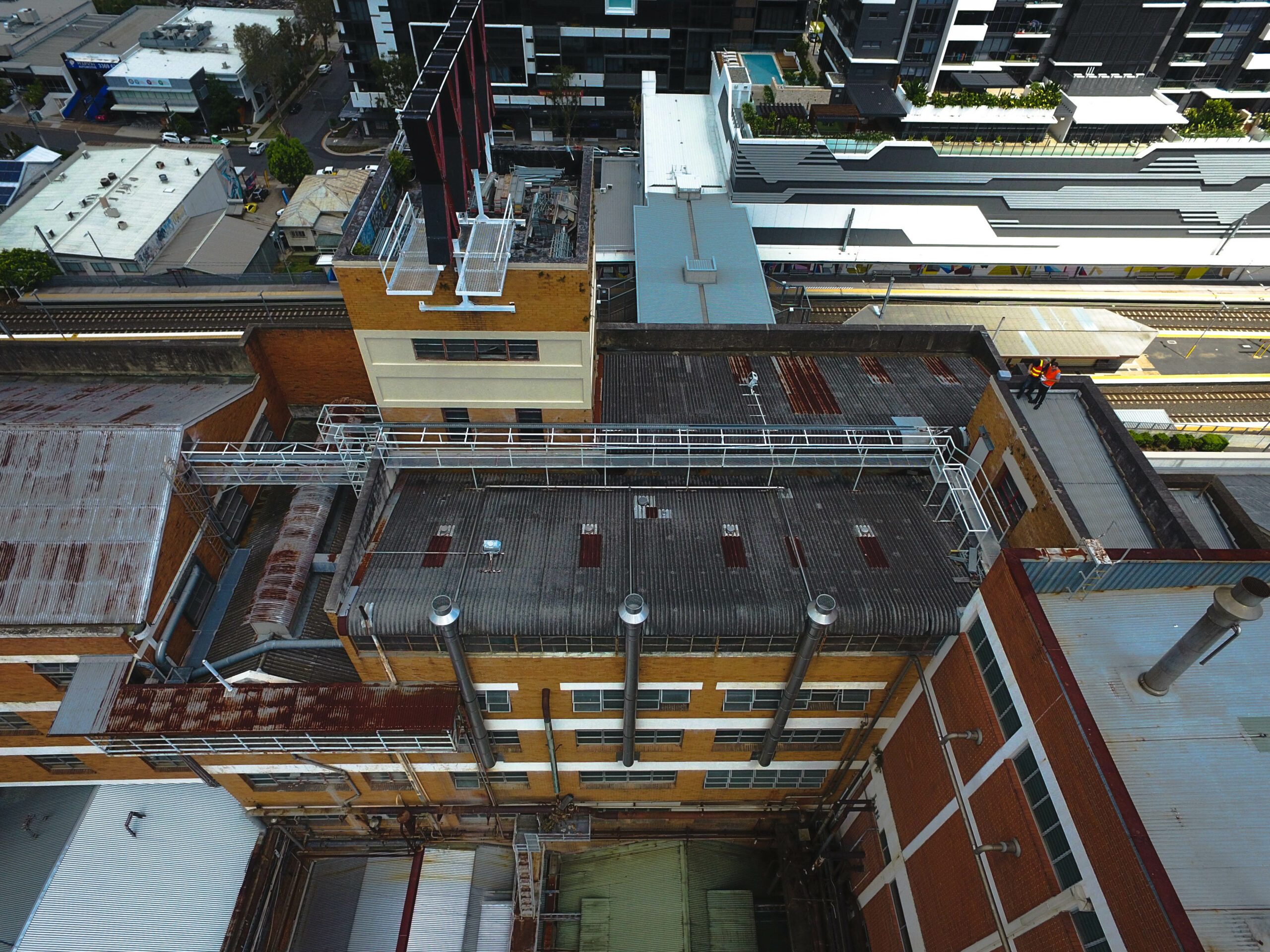
Asbestos Surveys
Asbestos was once a popular building material. However, its potential to cause serious health issues has led to strict regulations on its management and removal. In this context, asbestos surveys are critical for identifying and documenting asbestos within buildings, ensuring safety and compliance.
What is An Asbestos Survey?
An asbestos survey is a detailed inspection conducted to identify and record the presence and condition of a building’s asbestos-containing materials (ACMs). These surveys are essential for documenting the specific locations and conditions of ACMs, forming the basis of an asbestos register. The asbestos survey differs from the asbestos register in that it documents all areas surveyed during the inspection, whether ACM or not. The asbestos survey aims to provide longevity to the asbestos report, ensuring reliability in all management situations.
Why Do I Need An Asbestos Survey?
Conducting an asbestos survey is a critical step in ensuring the safety of occupants and workers by identifying and managing ACMs, and it is a legal necessity in Australia. It serves several purposes:
Documenting the Presence of ACMs:
The initial step in asbestos management is pinpointing areas where asbestos is located within a building or workplace.
Ensuring Safety:
Knowing the precise locations of ACMs is crucial for the safety of all building occupants, facilitating effective control measures to prevent asbestos exposure.
Legal Compliance:
Beyond a safety measure, maintaining an asbestos register through surveys is a legal requirement. It helps avoid penalties and legal consequences by ensuring compliance with asbestos regulations.

What is Documented in an Asbestos Survey?
An asbestos survey meticulously documents:
Locations of ACMs:
This section provides detailed information on the exact areas within a building where ACMs are found, such as specific floors or rooms.
Locations of non-ACMs:
Unlike the asbestos register, which is dedicated to ACM identification and management, the survey also showcases areas found not to contain asbestos.
Sample Identification:
Cross-referencing locations with sample numbers and types of asbestos identified, such as Chrysotile, Amosite or Crocidolite, ensures a comprehensive understanding of the asbestos present.
This thorough documentation is essential for effectively managing ACMs and compliance with legal standards.
Where Should Asbestos Survey Results Be Documented?
The results of asbestos surveys are documented in an asbestos register. This register is a legally required document that must be maintained for at least 30 years. It is a vital tool for workplaces to manage ACMs effectively, meet legal obligations, and avoid legal repercussions. The asbestos register is readily accessible, ensuring that employees, construction workers and others involved have full documentation on the presence and location of asbestos, thereby facilitating safe work practices.
Global Asbestos Audits: Specialists in Asbestos Surveys
Global Asbestos Audits excels in conducting comprehensive asbestos surveys. Their expert team is adept at identifying all ACMs, assessing associated risks, and providing recommendations for their safe management or removal. With a deep understanding of Australian asbestos regulations, Global Asbestos Audits ensures that your building or workplace complies with legal requirements and maintains a safe environment for occupants and workers.
Asbestos surveys and the maintenance of an asbestos register are indispensable for the safety and legal compliance of buildings and workplaces in Australia. Engaging specialists like Global Asbestos Audits guarantees thorough identification and documentation of ACMs, ensuring that safety and compliance are always prioritised.
